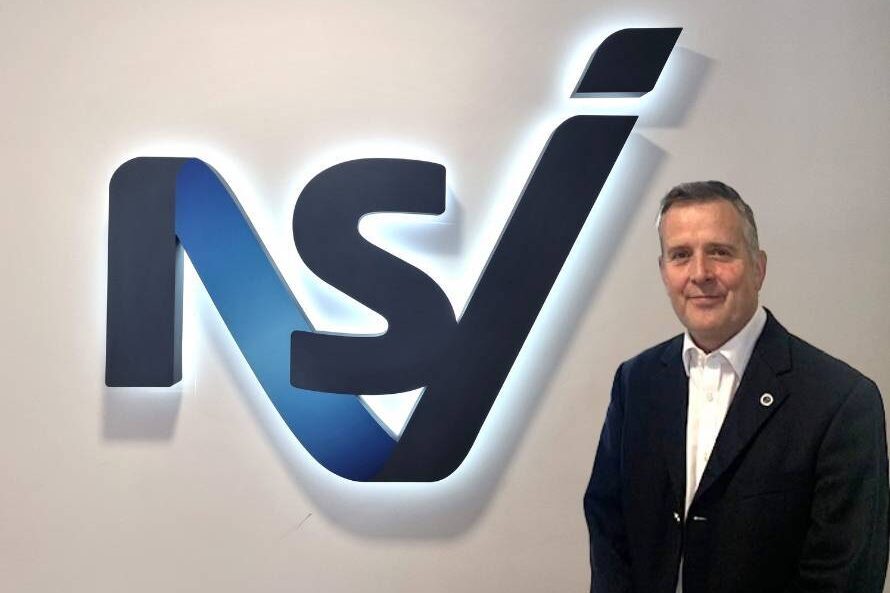The United States is the world’s largest national economy according to the United Nations Statistics Division report “GDP and its breakdown at current prices in US Dollars”, December 2014. This report states that the US represents 22% of nominal global GDP and 17% of global GDP (PPP), with the United States’ GDP being estimated at $17.701 trillion as of Q4 2014.
The US dollar is the most common currency used for international transactions and it is the world’s foremost reserve currency, with several countries using it as their official currency, and many others taking it as the de facto currency. Opportunities for any business expanding into the US market are huge, and the security market should be in a position to take its share. But how big is the US security market?
Security is becoming a huge global market, according to a US Federal Cybersecurity Market Forecast 2015-2020 conducted by market research media. This research valued it at a cumulative market value of $65.5 billion (2015 – 2020), with the U.S. Federal Cybersecurity market will grow steadily at about 6.2%.
ASIS International and the Institute of Finance and Management (IOFM) released a joint study, titled “The United States Security Industry: Size and Scope, Insights, Trends, and Data”, that looked into opportunities for security companies in the region. This research proved to be an extensive benchmark study of the private security industry’s expansion over the past decade and projected future growth. An analysis of the security products and services market, as well as the industry’s personnel market, is presented within the report which you can read in full here: http://secnd.uk/asisusreport.
Over 400 security industry executives participated in the United States Security Industry Survey. A companion survey of security manufacturers and vendors, security services providers, dealers, distributors, installers and integrators, was also conducted in order to enhance market projections.
Information collected was analysed and combined with additional data from related national studies conducted by ASIS and IOFM, as well as publicly available information from U.S. government data and market research of homeland security spending. The report concluded that the US security market is a $350 billion market and this breaks out to $282 billion in private sector spending and $69 billion in federal government spending on homeland security.
It went on to detail that operational (non-IT) private security spending is estimated to be $202 billion with expected growth of approximately 5.5 per cent; IT-related private security market is estimated at $80 billion with projected growth of up to 9 per cent.
However, the private security market is not without its challenges. The penetration level of security solutions in the residential sector has witnessed rapid growth in recent years. There are several factors driving this growth; such as an increase in home burglary rates, attractive insurance policies to residents for installation of security solutions, growth in iPads and tablets markets, and more.
The market for home security system solutions is, however, facing challenges with regards to awareness levels about technological advancements and higher cost of the solution. There are numerous initiatives being taken by companies, as well as governments entities, to enhance awareness levels and achieve improved co-operation among solution providers present along the value chain.
Employment within the industry reflects its worth and it is estimated that there are between 1.9 and 2.1 million full-time security workers in the North American security industry. The training burden for people working in the industry is equally large, with 42 per cent of respondents to the ASIS study indicated spending on training would increase, with 12 per cent anticipating a rise of 10 per cent or more.
One of the fastest growing occupations in the region is private detective/investigator, with anticipated growth of 21 per cent projected through 2020 and several IT security sectors are anticipated to grow 22 per cent through 2020.
The trends in this report have been confirmed in a number of other studies. A separate study called “The U.S. Homeland Security & Public Safety Market-2013-2020 report” looked at both Homeland Security and Public Safety markets, identifying that many products have dual-use applications such as:
• Bio terror mitigation infrastructure, which is also used to contain pandemic disease outbreaks.
• First responders command control and communication systems, which are used to respond to both man made disasters like terror events and natural disasters like floods and earthquakes (public safety).
This report forecast similar growth rates and a similar overall value to the US domestic security market.
The Department for Homeland Security (DHS) has a key role in the industry, but it does not dominate the market. DHS controls only a fraction of the total Homeland Security (HLS), Homeland Defense (HLD) and Public Safety market.
The State & Local HLS market is larger than the DHS market. This market (i.e. 50 states and over 30,000 counties and cities) represents 23 per cent of the total HLS, HLD and public safety business opportunities. The US federal agencies possess the most advanced HLS-HLD technologies in the world. However, due to their age and legacy architectures, they believe that the time has come for major transformations.
Aviation security, representing only 7 per cent of the HLS, HLD and public safety market, is an important sector. However, it is much smaller than other industry sectors, such as critical infrastructure security and first responders.
Mexico
The Latin America Security Market Report, published by the Security Industry Association (SIA), provides in-depth analysis of the electronic and physical security (EPS) markets in Mexico.
The entire Latin American region has seen a positive economic growth rate hat can be attributed, in part, to factors such as improved economic policies and increased trade within Latin America as a result of various trade agreements.
This market has been rapidly expanding and Mexico accounts for US$430 million some 61 per cent of the Latin American EPS market The main driver for the Latin American EPS market has been an increase in crime against property (burglaries and thefts), which has generated a general feeling of insecurity among the population. Government regulations and public investment are also relevant drivers of this market.
Video systems are by far the largest segment with an estimated representing approximately 37.4 per cent share of the market. This segment has shown the highest growth in recent years and holds the maximum growth potential. One of the main drivers for the demand of video systems has been the migration from analogue to digital technology, not just in Mexico but across Latin America. This trend has led to significant growth rates in the demand of Internet Protocol (IP) cameras in the market, particularly in the financial and retail sectors.
Of this segment the most common requirements for the usage of surveillance systems include, control of internal processes (such in the case of banks and casinos), prevention of theft (mostly retail) and public monitoring.
Intrusion alarm systems account for approximately 17.6 per cent of the total market, where at least half of the demand comes from the residential sector. There is also a decrease in demand in the non-residential sector as systems are being replaced by integrated video systems and access control systems.
Insurance company regulations and increasing application of government regulatory requirements to protect buildings and public spaces as a prerequisite to gaining any insurance are stimulating the market as a whole.
The access control sector has the lowest market share (11.8 per cent), mostly driven by the non-residential sector, which includes both the public and private sectors.
At present, the Mexican market generally lacks regulation related to quality standards and in terms of minimum requirement of installed devices. Where regulation does exist, for example in the financial sector, it is often not well controlled or enforced.
Canada
The smallest North American security market is Canada, with its size being reflected in the lack of studies that examine the market as a whole. The Canadian Government lumps Defense and Homeland Security together in one budget that is generally seeing modest growth reflected in increased national threats.
Commercially, the likes of G4S are saying that “the security market in Canada is projected to grow substantially in the coming years, and G4S sees great potential in investing further in the Canadian marketplace.”
While there is a lack of information on the Canadian security market as a whole, some segments have been studied, such as the Security Alarm Services in Canada Market Research Report of Dec 2014.
This report indicates that industry in the five years to prior to 2014 the Canadian Security Alarm Services industry saw an approximate growth of 1.3 per cent to an estimated CA$1.0 billion. However, demand for residential and commercial security systems continued to be sensitive to changes in overall economic activity. It also predicted that in the five years leading up to 2019, the Security Alarm Services industry would face a gradually improving operating environment as the economy continues to expand.
The Canadian security market seems to mirror that of its larger neighbour across the different sectors, only at a much smaller monetary growth level. One area of success, however, is in the export market where UK security research firm IMS Research suggests that the consumer and DIY video surveillance market is growing quickly in Europe, creating new opportunities for Canadian equipment manufacturers.
The whole North American security market is clearly a global leader. However, the differing approaches in different countries, complexities with domestic and international politics and policies do make it a complex market to break into. And yet, it is clear that the potential rewards for any security company expanding into the region are high.









